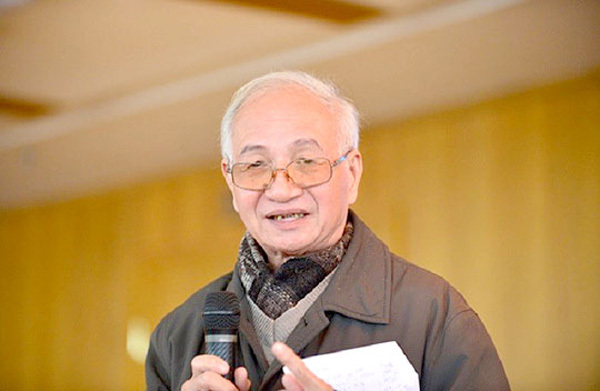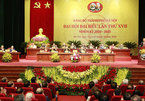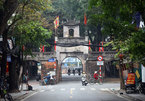 |
| Architect Dao Ngoc Nghiem. — Photo nhadautu.vn |
Though Hanoi authorities have introduced quite a few measures to help ease the city’s traffic jam problems, things have not been improved much. What are the problems behind this?
Recently, the Hanoi Department of Transport has come up with five groups of measures with a hope to help ease the city’s traffic jam. Yet, these measures are only temporary and they can’t solve the root cause of the problem.
Firstly, all Hanoi planning and resolutions which have adopted from 1998 until now have stated clearly that the city needs at least 20-25 per cent of its land for transport projects. Yet, all projects have been behind schedule. And to date, land allocated for transport development has met about 10 per cent of the requirement.
Meanwhile, the volume of individual transport means in the city has increased rapidly. In 2020, Hanoi had more than 7 million types of transport means, of which cars reached a staggering number of 800,000. Though the city authorities have adopted quite many measures to curtail the number of individual cars entering the inner city, things have moved very slowly.
Secondly, Hanoi’s plan for transport development is not really rational and thirdly, public transport has not been good enough to attract people to use it.
Fourth, the city’s transport management has failed to solve the big problem of traffic jams in the inner city in rush hours.
Finally, Hanoi’s law has not been strictly implemented to its letter to focus efforts on developing satellite cities to decrease the number of people living in the inner city. In addition, Hanoi authorities should have focused their efforts on developing outlying areas to ease the heavy flow of people trying to move to the inner city to live and find jobs there.
How do you respond to Deputy Prime Minister Trinh Dinh Dung’s warning that Hanoi’s infrastructure will soon fail to meet the rapid development of the population?
We cannot deny that Hanoi’s infrastructure development has failed to meet the fast development of individual means of transport. In the long run, Hanoi should think of a plan to ban motorbikes from entering the inner city while all cars entering the inner city must pay fees. This is food for thought for city authorities and they should develop a plan on constructing more car parks in the city’s outlying areas.
If Hanoi authorities will be able to develop a model of five satellite cities which are sitting on some 20,000 hectares with a population of about 1.4 million people, I’m pretty sure these satellite cities will release a big burden on Hanoi's inner city.
What special policies do Hanoi authorities need to quickly develop the five satellite cities?
The Capital Law which was adopted 10 years ago already has an idea of developing five satellite cities. Yet, until now only the Lang Hoa Lac zone was approved by Prime Minister Nguyen Xuan Phuc last July. Meanwhile, the land planning development of the four other satellite cities Son Tay, Xuan Mai, Phu Xuyen and Soc Son has not yet been approved by Hanoi authorities.
Recently, the Hanoi Party Committee decided to make efforts for the development of the Lang Hoa Lac Hi-Tech zone and the university village there. Yet, in their plan, the Hanoi Party Committee didn’t talk about the development of residential areas surrounding the Lang Hoa Lac Hi-Tech zone. This is food for thought for the Hanoi authorities and they should learn a lesson from Malaysia's capital Kuala Lumpur.
Last but not least, Hanoi authorities should also make more efforts for the city’s work of planning while adopting more attractive policies on land and taxes to attract investors to develop more satellite cities. VNS

Hanoi issues action plan to realize resolution of municipal Party Congress
Hanoi is set to continue to streamline its political system for greater efficiency in operation, and ensure the successful implementation of the pilot urban administration model.

Hanoi strives to become smart and creative city
Going back in time to October 10, 1954, thousands of local residents flocked to Hanoi’s streets with flags and flowers to welcome and congratulate Vietnamese soldiers for taking over the capital from French troops.